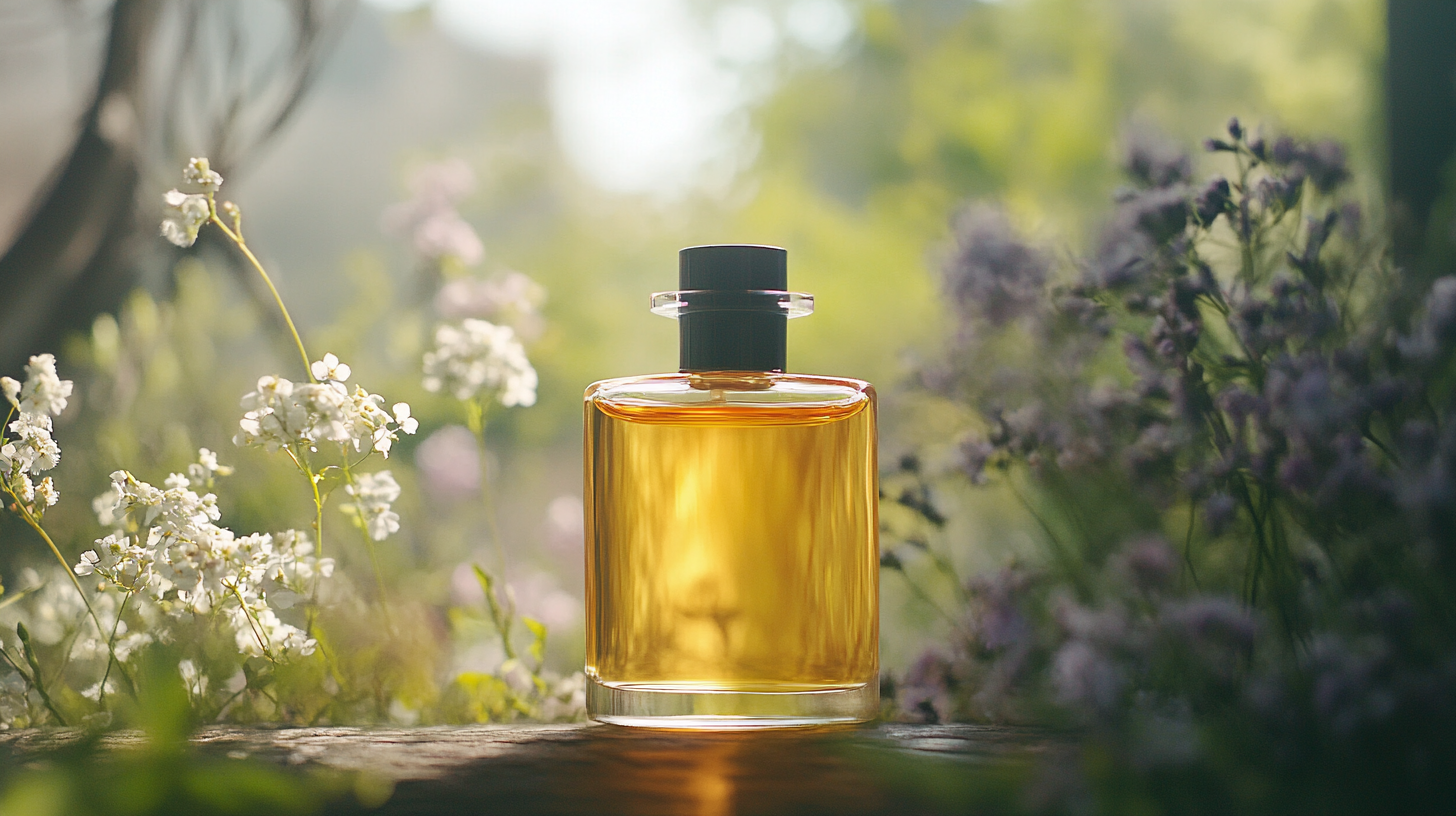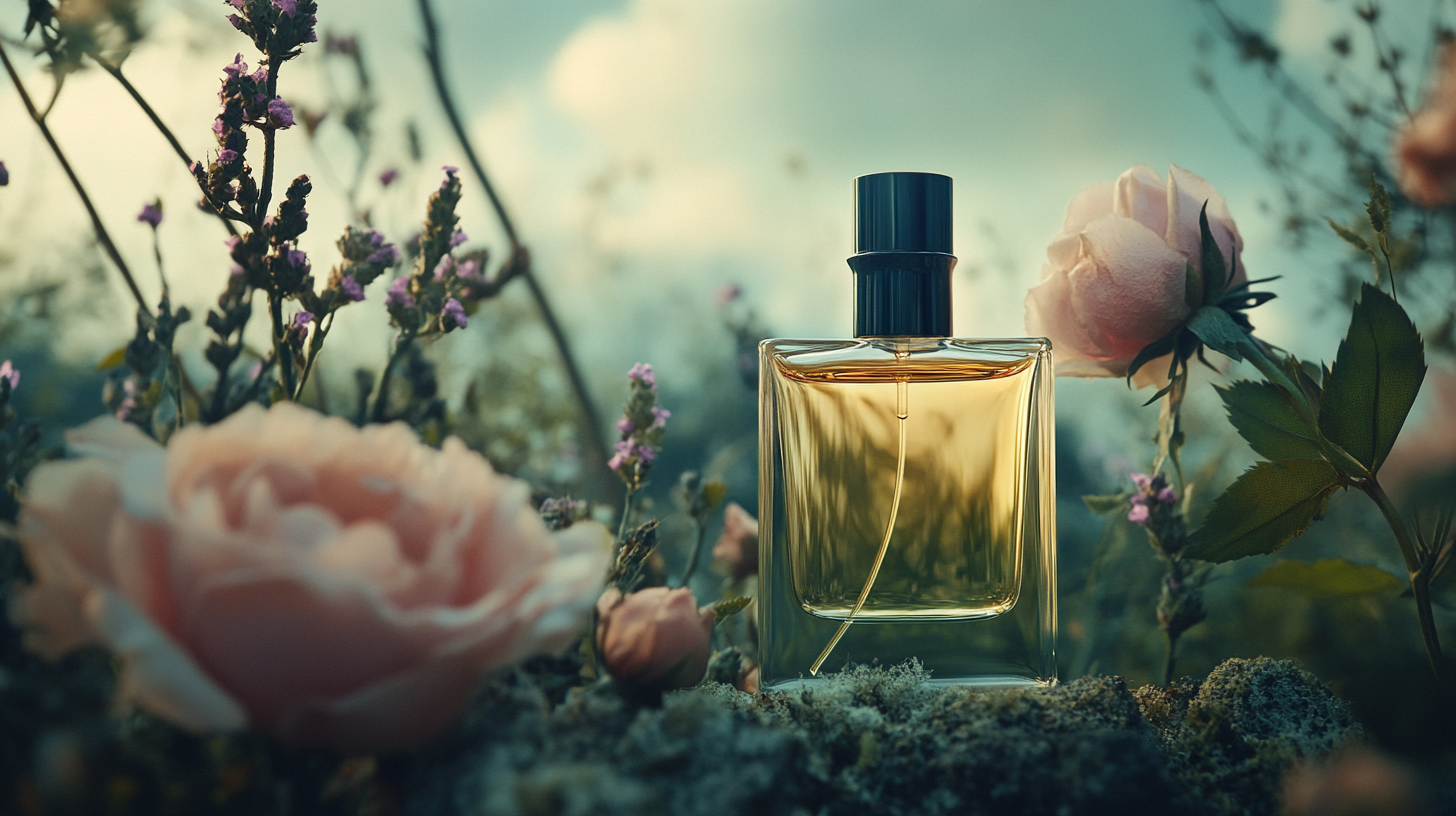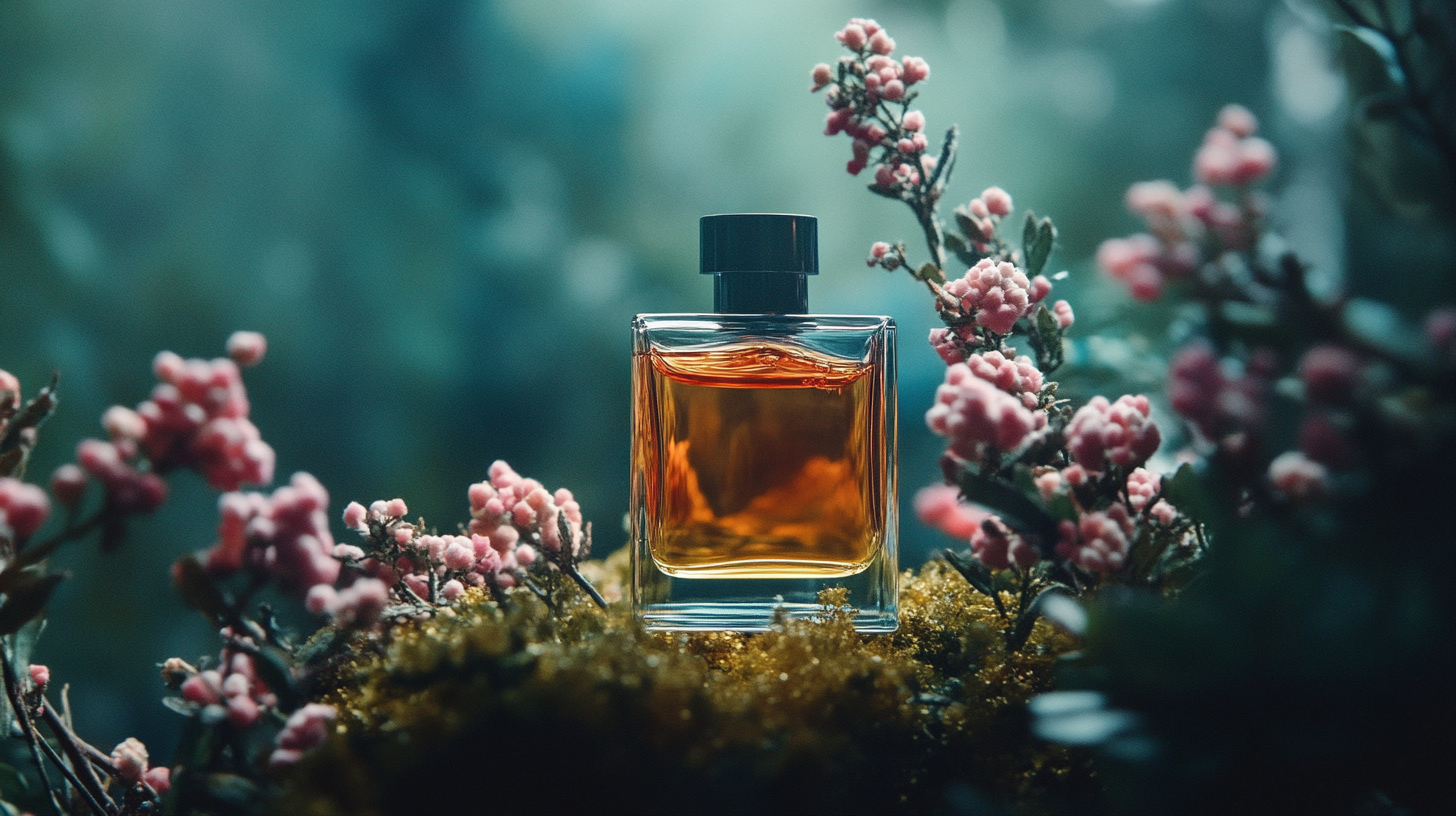
Unlocking the Secrets to Creating Alluring Natural Scented Perfumes for Every Occasion
In an era where synthetic fragrances dominate the market, the art of crafting Natural Scented Perfumes is making a remarkable comeback. These alluring fragrances not only enhance our personal aroma but also connect us to nature in a profound way. By harnessing the power of essential oils and botanical ingredients, we can create scents that encapsulate our unique essence and evoke cherished memories. Whether you're looking for an invigorating note for a daytime outing or a romantic blend for an elegant evening, natural perfumes offer a diverse palette that caters to every occasion.
Creating your own Natural Scented Perfumes is not just an exercise in creativity; it's a journey of self-discovery and expression. As we explore the intriguing world of fragrance, we will delve into the fundamental techniques of perfume-making, the significance of various ingredients, and tips for customizing scents to suit individual preferences. Join us as we unlock the secrets of blending, layering, and enhancing natural aromas, empowering you to craft the perfect signature scent that resonates with who you are and how you wish to be perceived in any moment.

Exploring the Art and Science of Natural Perfumes: An Industry Overview
The art of crafting natural scented perfumes has been experiencing a renaissance, driven by growing consumer demand for sustainable and eco-friendly products. According to a report by Grand View Research, the global natural fragrance market is expected to reach $9.53 billion by 2025, expanding at a compound annual growth rate (CAGR) of 11.5%. This growth is largely attributed to a shift in consumer preferences towards organic and natural alternatives, as individuals increasingly seek products that align with their values. Creating alluring natural perfumes involves both art and science. Aromatherapists and perfumers meticulously select and blend essential oils, absolute oils, and natural extracts to evoke emotions and memories. The challenge lies in achieving a balanced composition without synthetic additives. A 2021 study published in the International Journal of Cosmetic Science highlights that 70% of consumers are more likely to purchase eco-friendly fragrances, indicating an opportunity for brands to leverage the growing trend towards transparency in their ingredient sourcing. Moreover, regulatory changes impact the formulation of fragrances significantly. The International Fragrance Association (IFRA) has established standards that strive to ensure the safety of both consumers and the environment. As a result, perfumers are innovating within these constraints, exploring new extraction methods like CO2 extraction, which provides purer essential oils without the use of harmful solvents. This evolution in the industry emphasizes the importance of sustainability and creative experimentation, setting the stage for the future of natural perfumery.

Essential Ingredients for Crafting Alluring Natural Fragrances: A Compendium
Creating alluring natural scented perfumes requires a deep understanding of essential ingredients that play a pivotal role in crafting captivating fragrances. At the heart of natural perfumery lies a variety of botanicals, each contributing unique scents and characteristics. Essential oils, extracted from flowers, fruits, leaves, and woods, form the foundation of any natural fragrance. For instance, the vibrant aroma of jasmine exudes sensuality, while citrus oils like bergamot provide a refreshing top note that invigorates the senses.
In addition to essential oils, various natural absolutes can enhance the depth of a fragrance. These are concentrated extracts that capture the true essence of a plant, such as rose or vanilla. Incorporating these ingredients allows for richer, more complex scents that can evoke specific moods or memories. Resins and balsams, like frankincense and myrrh, can also add warmth and earthiness to a perfume, grounding and balancing the lighter floral or fruity notes.
Moreover, carrier oils, such as jojoba or sweet almond oil, serve as the base for diluting essential oils, making them safe for skin application while also enhancing their staying power. Using high-quality carrier oils not only supports the scent but also nourishes the skin. By selecting and combining these essential ingredients thoughtfully, one can unlock the secrets to crafting truly alluring natural fragrances suitable for every occasion, from festive gatherings to quiet evenings at home.

The Role of Scent Psychology: How Fragrance Influences Mood and Behavior
Scent psychology plays a crucial role in how fragrances can influence our moods and behaviors, making the creation of alluring natural scented perfumes not just an art, but a science. Various studies have demonstrated that scents can evoke specific emotional responses, impacting everything from interpersonal interactions to our overall psychological well-being. For example, research has shown that certain aromas, like lavender, can promote trust among individuals, highlighting the profound connections between olfactory stimuli and social behaviors.
The ambient scents we encounter can shape our cognitive functions as well. Recent findings suggest that exposure to preferred ambient scents does not significantly alter the emotionality of dreams or post-sleep mood in young adults, indicating that while scents influence our waking life experiences, their effects during sleep may differ. Nonetheless, the power of scent is evident in environments such as homes and hotels, where the use of strategically chosen scents, like citrus or vanilla, can boost mood and enhance well-being.
Furthermore, the science of scents extends beyond human interaction to animals; researchers have found that dogs can detect human stress odors, which can subsequently affect their own mood and decisions. This underscores the impact of olfactory cues in not just human emotional states but also in the emotional responses of animals. The intertwining of memory, emotion, and scent illustrates the significant potential of fragrances, not just for personal enjoyment, but for enhancing social dynamics and mental health as well.

Sustainable Sourcing: Ethical Practices in the Natural Perfume Industry
The natural perfume industry is undergoing a profound transformation, with sustainable sourcing becoming a cornerstone of ethical practices. As consumers increasingly demand transparency and eco-friendliness, perfumers are now prioritizing sourcing ingredients from sustainable and renewable sources. This shift not only benefits the environment but also enables local communities to thrive economically by ensuring fair wages and ethical working conditions.
To achieve a captivating fragrance, it's essential to focus on the quality and provenance of ingredients. Many perfumers now collaborate directly with farmers and growers to secure high-quality essences, such as floral extracts or aromatic oils, while promoting organic farming practices. This direct relationship fosters a sense of trust and accountability, allowing artisans to tell the story of their ingredients—where they come from and how they're harvested.
Moreover, the use of sustainable materials extends beyond ingredients. Packaging practices are also being revamped to minimize waste and reduce carbon footprints. Recyclable and biodegradable materials are increasingly being integrated into product design, reflecting a holistic approach to sustainability. As the natural perfume industry evolves, the commitment to ethical practices not only elevates the artistry of scent-making but also cultivates a deeper connection between the consumer and the environment.
Step-by-Step Guide: Creating Signature Scents for Different Occasions
Creating your own natural scented perfumes can be a rewarding and personalized experience. In this step-by-step guide, we’ll explore how to craft signature scents that suit various occasions, from casual outings to elegant gatherings. The first step is to understand the fundamental elements of fragrance: top notes, middle notes, and base notes. Top notes, such as citrus or lavender, create the initial scent impression, while middle notes like jasmine or rose form the heart of the perfume. Finally, base notes such as vanilla or sandalwood anchor the fragrance, providing depth and longevity.
Once you have a clear understanding of these components, you can begin the creation process. Start by selecting essential oils that resonate with the occasion. For a casual day out, light and refreshing scents like bergamot or mint are ideal. In contrast, for a romantic evening, consider warmer, more seductive notes like patchouli or ylang-ylang. Blend your chosen oils in a small bottle, experimenting with different ratios until the scent feels right. Remember, patience is key; let the mixture rest for a day or two to allow the notes to meld beautifully.
Finally, don’t forget the importance of the ambiance in which you wear your perfume. For outdoor events, lighter scents might work better, while rich and complex fragrances are perfect for indoor gatherings. Once you’ve perfected your formula, label your creation and store it in a cool, dark place to maintain its freshness. With practice and creativity, you can easily unlock the secrets to crafting alluring, natural scented perfumes that resonate with every occasion.

